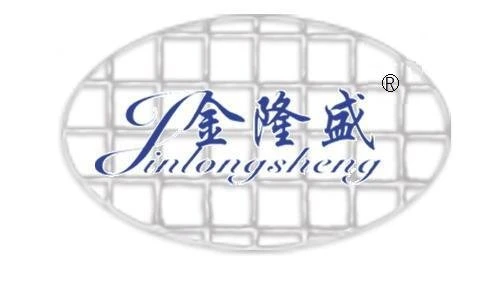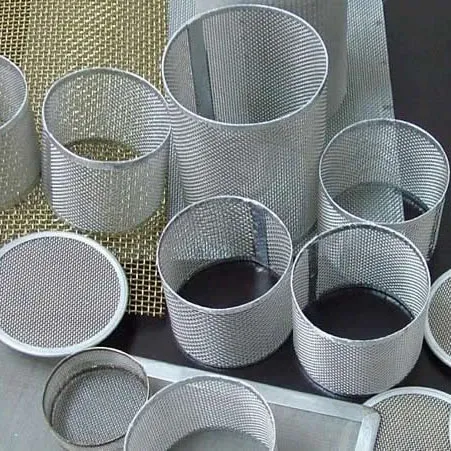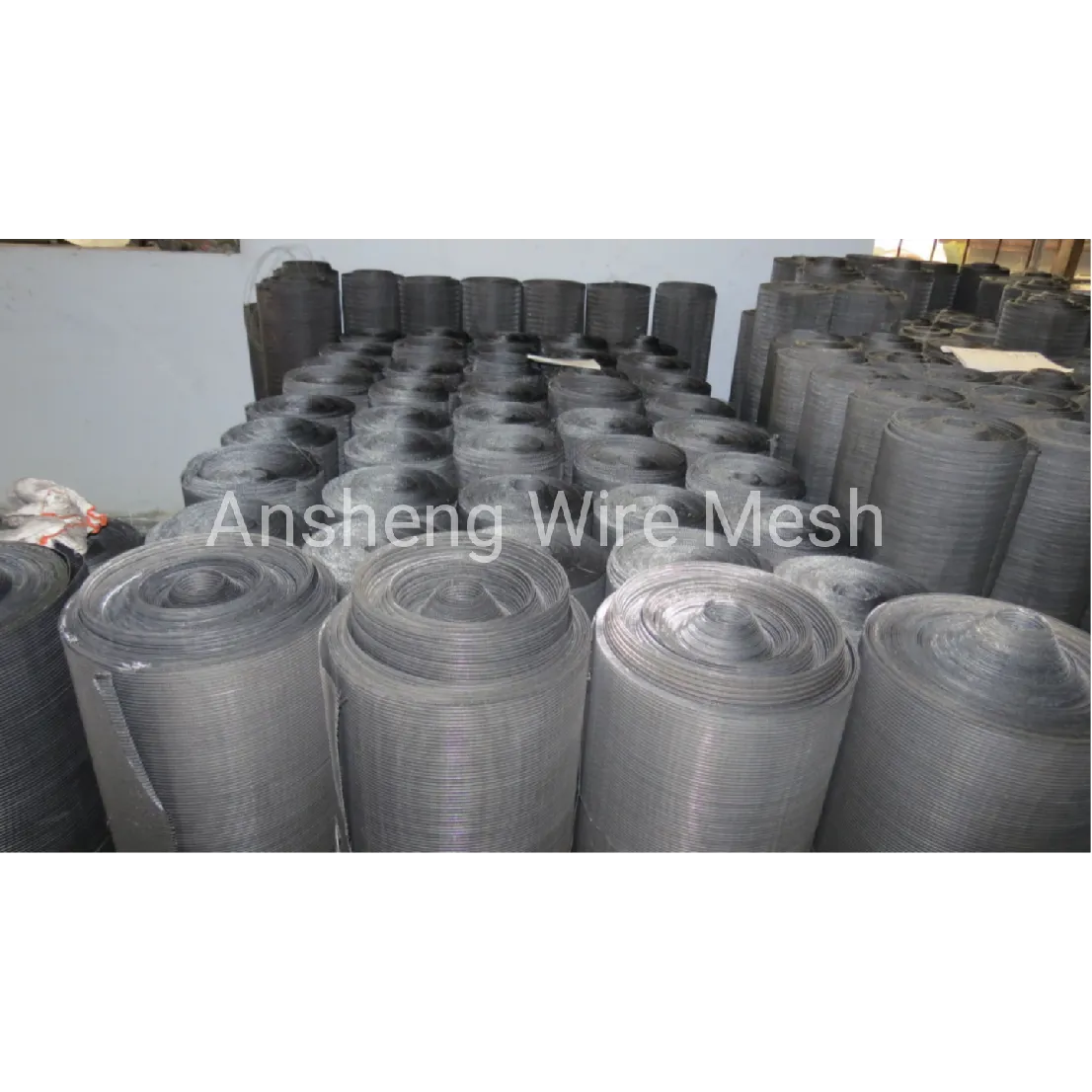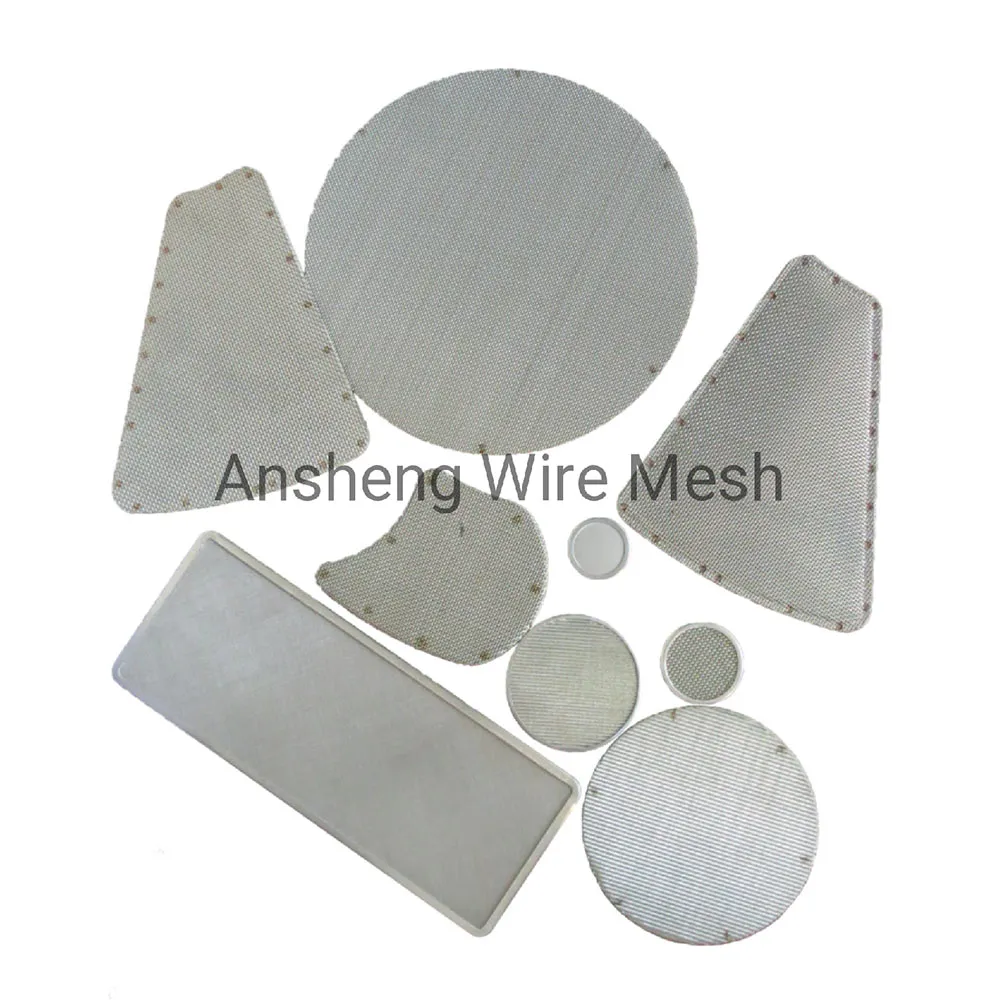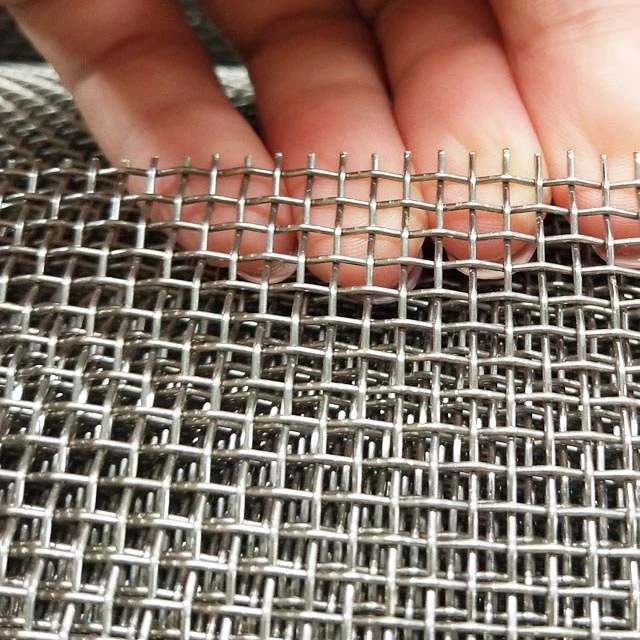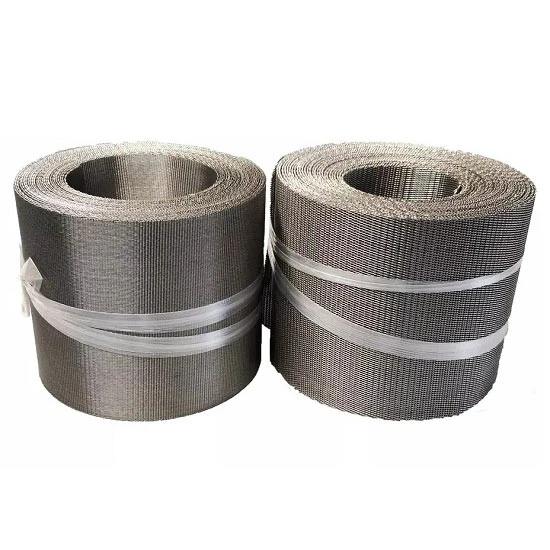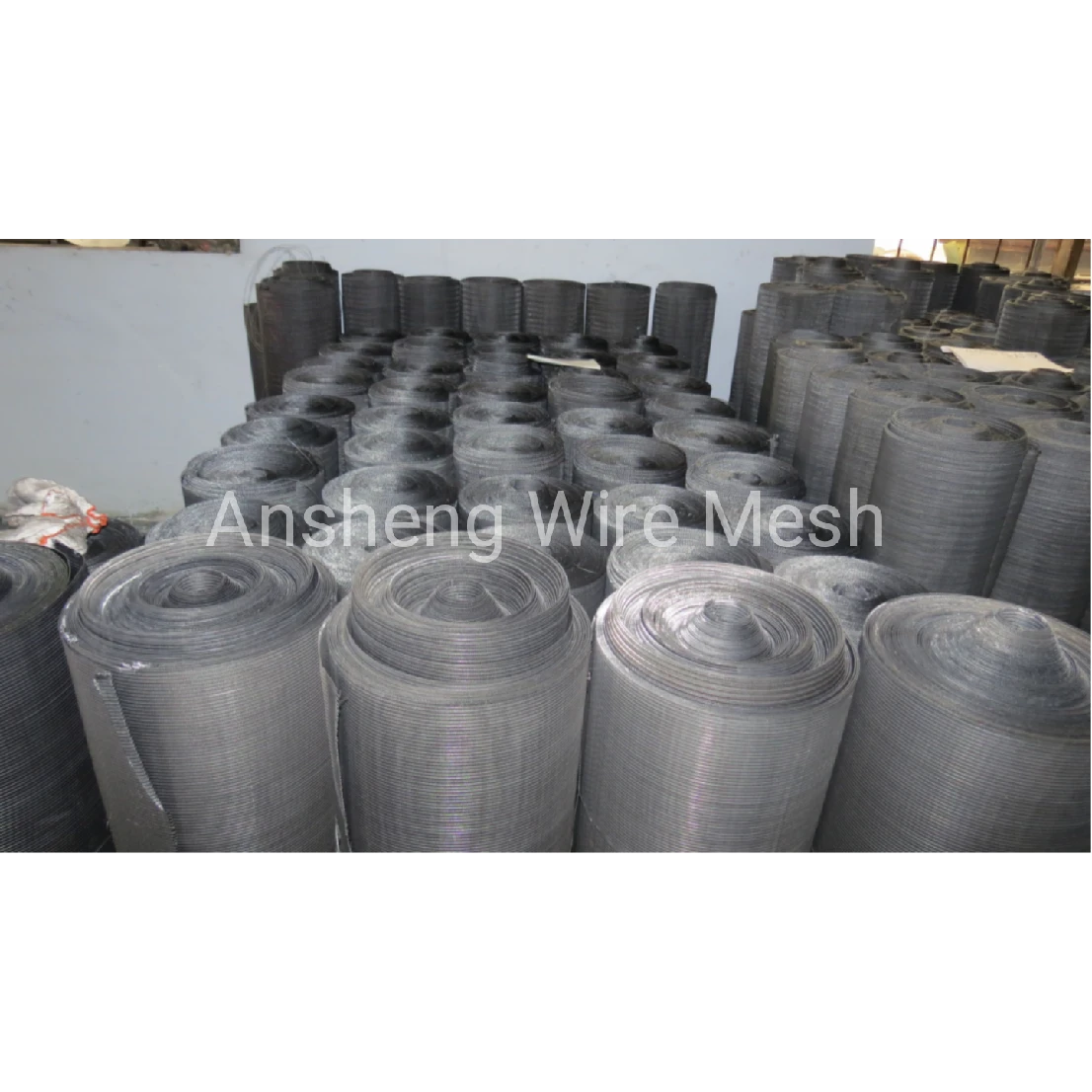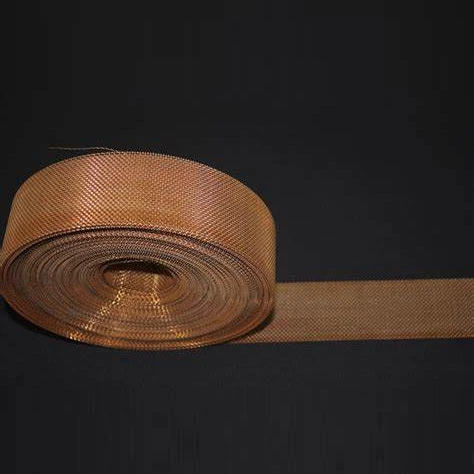Understanding 304 Stainless Steel Mesh: What It Is and Why It Matters Globally
In a world that’s increasingly reliant on durable, corrosion-resistant materials, 304 stainless steel mesh stands out as a quiet workhorse. This product is everywhere — from industrial filtration and construction to humanitarian aid and clean water projects. Why does it matter? Because its unique properties answer a widespread global challenge: how do you combine strength, longevity, and hygiene in a versatile material? For engineers, architects, environmentalists, and NGOs alike, understanding 304 stainless steel mesh opens doors to cost savings, sustainability, and innovation on a global scale.
Mini takeaway: 304 stainless steel mesh is a highly adaptable material essential to modern industries worldwide.
Introduction: The Global Context of 304 Stainless Steel Mesh
Worldwide industrial output is deeply intertwined with materials that don’t just meet today's needs but last well into tomorrow. According to ISO standards, stainless steels classified under 304 grade make up a significant percentage of global stainless steel consumption — roughly 60% in many markets, due to their balanced chromium and nickel content.
Many industries face the dilemma of using meshes that either corrode easily or lack the strength needed for demanding environments. For example, water treatment plants in Southeast Asia, where humidity and chemical exposure are common, rely on 304 stainless steel mesh to sustain filtration capabilities year-round. Additionally, in humanitarian operations and infrastructure reconstruction, the durability and hygiene offered by such mesh materials become vital in resource-constrained, harsh conditions.
Mini takeaway: 304 stainless steel mesh bridges critical gaps in durability and corrosion resistance across global industries.
What Exactly Is 304 Stainless Steel Mesh?
Let’s simplify: 304 stainless steel mesh is a woven or welded fabric made from strands of 304-grade stainless steel wire. This grade contains roughly 18-20% chromium and 8-10.5% nickel, delivering a strong resistance to rust and oxidation. Imagine a fine metal netting that’s both sturdy and flexible — easy to shape but hard to damage.
Industries from oil & gas to food processing value it because it maintains integrity under varied temperatures and chemical exposures. Moreover, NGOs use it in clean water projects because it doesn’t leach harmful substances into filtered water. That combination of safety and durability aligns well with modern priorities of sustainability and human safety.
Mini takeaway: 304 stainless steel mesh is a corrosion-resistant, versatile metal fabric commonly used where long-term durability is key.
Key Features That Set 304 Stainless Steel Mesh Apart
Durability and Corrosion Resistance
The chromium content forms a passive layer that actively resists rust. This means no more unexpected breakdowns in humid or chemically aggressive environments — unlike ordinary steel mesh. Industry insiders often say this durability reduces maintenance costs dramatically over time.
Flexibility and Scalability
Woven meshes come in various sizes and thicknesses, making them scalable for everything from fine dust filtration to heavy-duty screening. This scalability allows engineers to customize solutions without reinventing the wheel.
Cost Efficiency Over Lifecycle
Though the upfront cost might be higher than cheaper steel meshes, the longevity and reduced replacements often make 304 stainless steel mesh more economical long-term. It’s sort of like buying premium shoes that last instead of fast fashion — you pay more, but it’s worth it.
Hygienic Properties
304 stainless steel mesh is non-porous, easy to clean, and resists bacterial colonization. This makes it the top choice in food and pharmaceutical industries.
Environmental Impact
It’s recyclable and supports sustainability goals by enabling longer service life and less waste. Plus, its compatibility with emerging green technologies is increasingly recognized.
Mini takeaway: Durability, flexibility, hygienic nature, and environmental friendliness make 304 stainless steel mesh invaluable for many practical uses.
Global Applications and Use Cases
Where do we see 304 stainless steel mesh in action? Quite literally everywhere. For instance:
- Water treatment plants: Used globally for reliable filtration to ensure clean drinking water in urban and rural areas alike.
- Construction Industry: Reinforcing mesh components help improve longevity in buildings and facades, particularly in coastal areas exposed to salt spray.
- Food processing and pharma: Mesh tightly controls contamination, ensuring hygiene standards are met across production lines worldwide.
- Humanitarian & Disaster Relief: NGOs use it for clean water stations and shelter reinforcement after tropical storms or earthquakes in Asia and Africa.
- Oil & Gas: Filters and screens mitigate risks by separating debris and contaminants in pipelines found in harsh environments like the Middle East.
A particular example: In the aftermath of Cyclone Idai in Mozambique, relief teams quickly deployed water filtration units lined with 304 stainless steel mesh to safeguard drinking water, preventing disease outbreaks. These kind of real-world deployments highlight its critical role.
Mini takeaway: Whether in water filtration, construction, or relief work, 304 stainless steel mesh is a trusted material around the world.
Advantages and Long-Term Value of 304 Stainless Steel Mesh
Unlike many materials that degrade or wear out over short spans, 304 stainless steel mesh feels almost like an investment in reliability.
- Reduced maintenance: Less replacing or repairing means saved labor costs and downtime.
- Environmental sustainability: Its recyclable nature and long life reduce landfill waste.
- Social benefits: Safe water filtration and sanitary infrastructure foster healthier communities.
- Safety and trust: Facilities equipped with such materials can assure compliance and reliability, improving stakeholder confidence.
- Innovation enablement: New designs and applications emerge because the material’s strength and flexibility allow for creative uses.
All these speak to a sense of lasting value, beyond just dollars and cents — it’s about dignity, safety, and progress.
Mini takeaway: The blend of economic, social, and environmental advantages makes 304 stainless steel mesh a wise long-term choice.
Future Trends and Innovations in Stainless Steel Mesh
Technology keeps nudging this field forward. One interesting avenue is integrating 304 stainless steel mesh with smart sensors for automated filtration monitoring, relevant to industry 4.0 standards. Meanwhile, new surface treatments and coatings promise even better corrosion resistance while reducing weight.
From a sustainability standpoint, the push towards greener, leaner supply chains means manufacturers aim to source recycled materials and optimize mesh production energy use. Digital detailing techniques such as 3D weaving expand design possibilities — allowing mesh to perform in environments previously considered too extreme.
Mini takeaway: Innovation promises smarter, lighter, and greener 304 stainless steel mesh products soon.
Challenges and How to Overcome Them
No material is perfect. For 304 stainless steel mesh, the main challenges are:
- Initial cost: Higher than some alternatives, deterring short-term buyers.
- Nickel sensitivity: Some environments with highly corrosive chemicals can still degrade it over time.
- Manufacturing precision: Achieving uniform weave and strength at scale can be tricky.
Experts suggest sourcing from reputable vendors who test rigorously for mesh uniformity, and opting for surface coatings or alloy modifications for extreme cases. Bulk purchasing and life-cycle cost analysis also mitigate the initial investment concern.
Mini takeaway: While challenges exist, smart procurement and innovations help unlock the full potential of 304 stainless steel mesh.
Product Specification Table
| Specification | Detail |
|---|---|
| Material Grade | 304 Stainless Steel (AISI 304 / SUS 304) |
| Wire Diameter | 0.02 mm – 5.0 mm |
| Mesh Opening Size | 0.1 mm – 100 mm |
| Tensile Strength | ≥ 520 MPa |
| Corrosion Resistance | Excellent (passive chromium oxide layer) |
| Surface Finish | Polished, Matte, or Customized |
Vendor Comparison Table
| Vendor | Material Certification | Customization Options | Typical Lead Time | Price Range |
|---|---|---|---|---|
| Ansheng Filter Screen | ISO 9001, ASTM Certified | Wire diameter, mesh size, weave type | 2-4 weeks | Moderate |
| MeshMasters Inc. | ASTM, CE | Limited customization | 3-6 weeks | Higher |
| SteelNet Solutions | ISO, RoHS | Standard sizes only | 1-3 weeks | Budget |
Frequently Asked Questions About 304 Stainless Steel Mesh
1. What makes 304 stainless steel mesh more durable than other metal meshes?
304 stainless steel mesh contains a high percentage of chromium (18-20%) and nickel (8-10.5%) which forms a passive oxide layer preventing rust. This gives it superior corrosion resistance compared to carbon steel or cheaper stainless grades, making it ideal for humid or chemically exposed environments. Its balanced composition also ensures a good combination of strength and flexibility.
2. How is 304 stainless steel mesh used in clean water applications?
Its mesh acts as a fine physical barrier to trap debris, sediment, and microorganisms while being non-toxic and easy to clean. NGOs frequently rely on 304 stainless steel mesh in water filtration systems because it does not degrade or leach harmful substances, ensuring safe water quality in disaster relief or rural water supply projects.
3. Can 304 stainless steel mesh be customized for different sizes or wire diameters?
Yes. Most manufacturers, like Ansheng Filter Screen, offer customization including wire diameter, mesh count, and weave type to meet specific filtration or structural needs. This flexibility makes it suitable for a broad range of industrial and commercial uses.
4. Is 304 stainless steel mesh eco-friendly?
Absolutely. It’s fully recyclable and has a long lifecycle which means less frequent replacement and less waste. When combined with sustainable sourcing and efficient manufacturing, it aligns well with global environmental goals.
5. What are the common challenges when working with 304 stainless steel mesh?
Its higher upfront cost can be a barrier for some projects, and in extremely corrosive or nickel-sensitive environments, additional alloying or coating might be needed. Additionally, precision manufacturing is essential to ensure uniform mesh sizes, which requires trusted vendors.
Conclusion: Why 304 Stainless Steel Mesh Is the Smart Choice for Tomorrow
When looking at materials that offer a rare trifecta of strength, durability, and safety, 304 stainless steel mesh is hard to beat. It’s the backbone of numerous industries and humanitarian efforts, ensuring clean water, safe food, and reliable infrastructure worldwide. Investing in such quality materials isn’t just good business — it’s a commitment to sustainability, safety, and innovation.
Curious to explore solutions or custom products? Visit our website to see how 304 stainless steel mesh can elevate your next project.
References
Post time: Nov . 22, 2025 17:30
